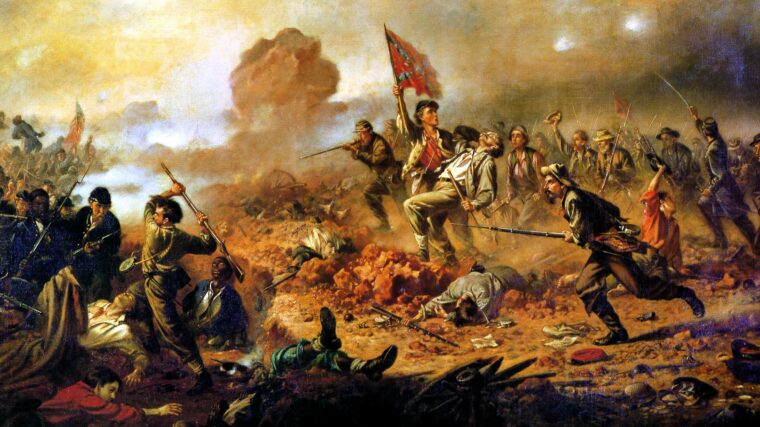
Peninsula Campaign
Bloody Fiasco at the Crater
By Arnold BlumbergIn the summer of 1864, after six weeks of virtually constant combat in the Wilderness area of northern Virginia, the Union and Confederate armies of Ulysses S. Read more

Peninsula Campaign
In the summer of 1864, after six weeks of virtually constant combat in the Wilderness area of northern Virginia, the Union and Confederate armies of Ulysses S. Read more
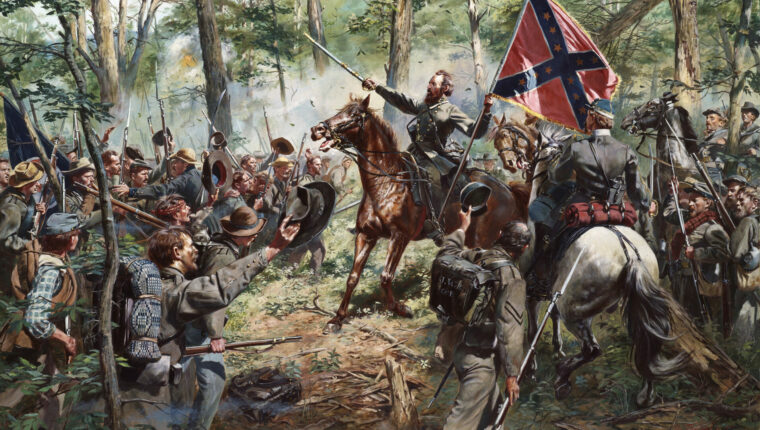
Peninsula Campaign
Following the completion of Union Maj. Gen. George B. McClellan’s unsuccessful Peninsula campaign earlier in the month, General Robert E. Read more
Peninsula Campaign
By the Summer of 1864, it was no longer likely the Army of Northern Virginia would invade the North a third time, would launch another major offensive, or even drive Union forces away from Richmond and Petersburg. Read more
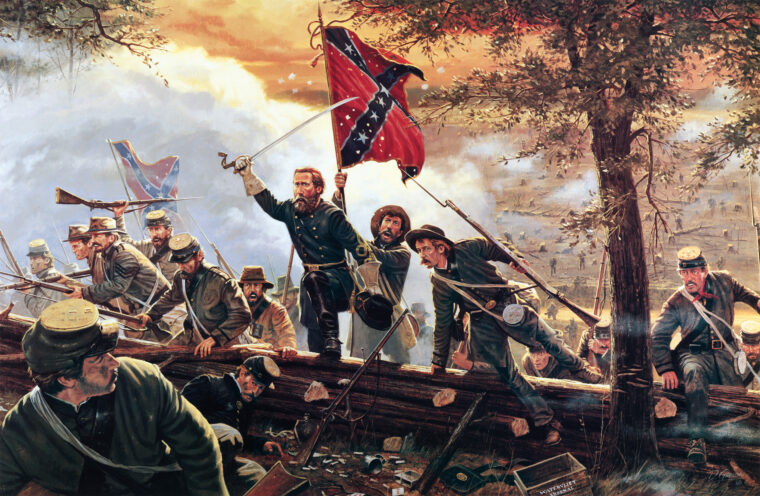
Peninsula Campaign
With just an hour of daylight remaining on the smoke-shrouded battlefield near Gaines’ Mill six miles northeast of Richmond, Virginia, Confederate General Robert E. Read more
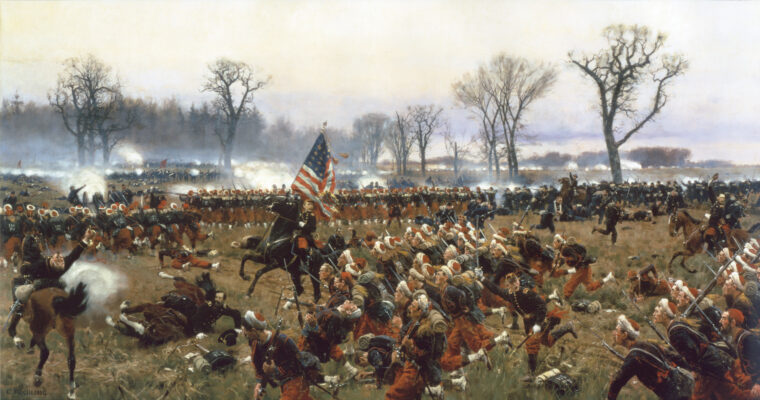
Peninsula Campaign
Word spread like wildfire through the camps of the Army of the Potomac during the second week of November 1862: “Little Mac” was out, “Old Burn” was in. Read more
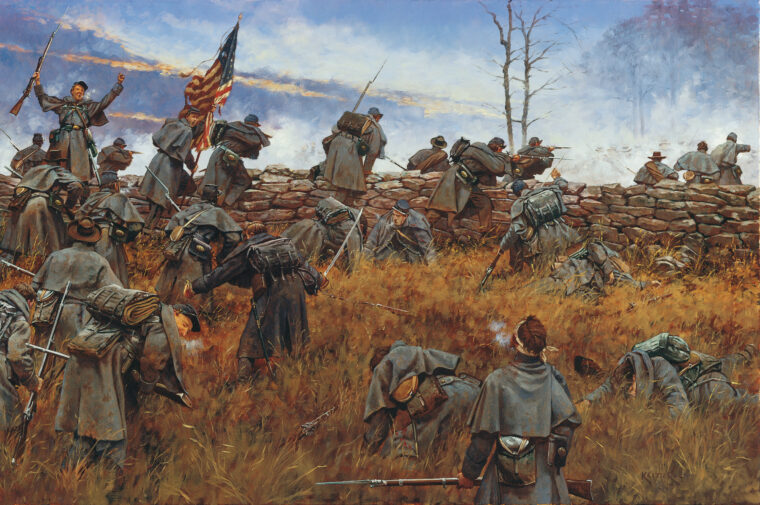
Peninsula Campaign
Sunday morning, March 23, 1862, was sunny and warm in Virginia’s Shenandoah Valley. Confederate general Thomas J. “Stonewall” Jackson, a devout Christian, did not like to fight on the Lord’s Day. Read more
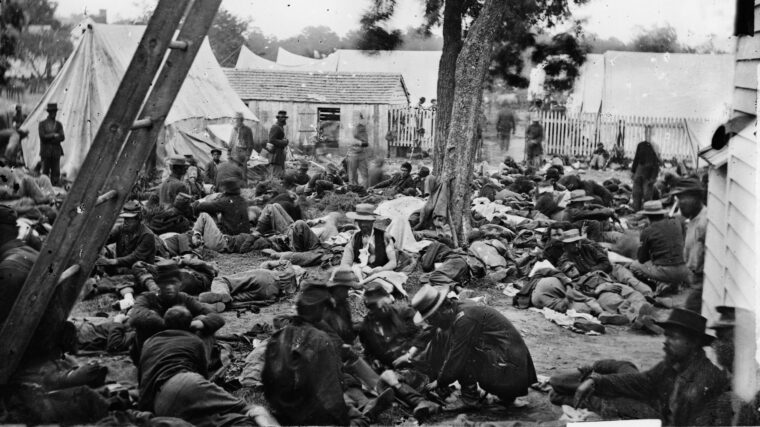
Peninsula Campaign
Safe behind its ocean barriers, the United States paid scant attention to the wars that raged abroad during the early 19th century, taking little notice of the lessons that might have been learned from the European experience with mass killing. Read more
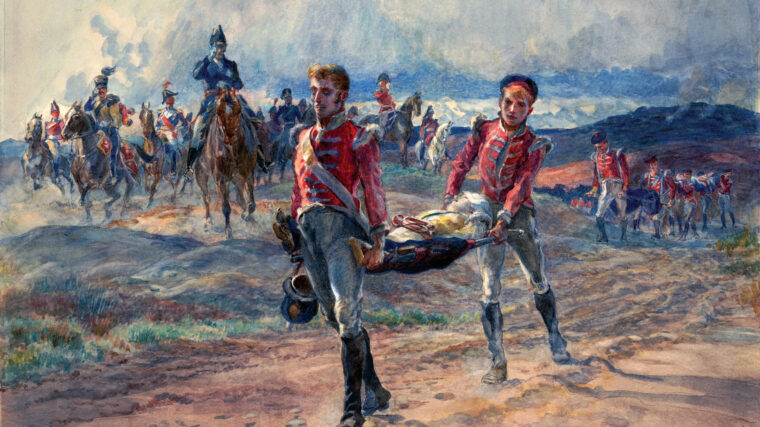
Peninsula Campaign
Ignoring the scorching summer heat, Lieutenant General Sir Arthur Wellesley climbed one of the towers on the ruined estate of Casa de Salinas 80 miles southwest of Madrid, Spain, to survey the surrounding countryside. Read more
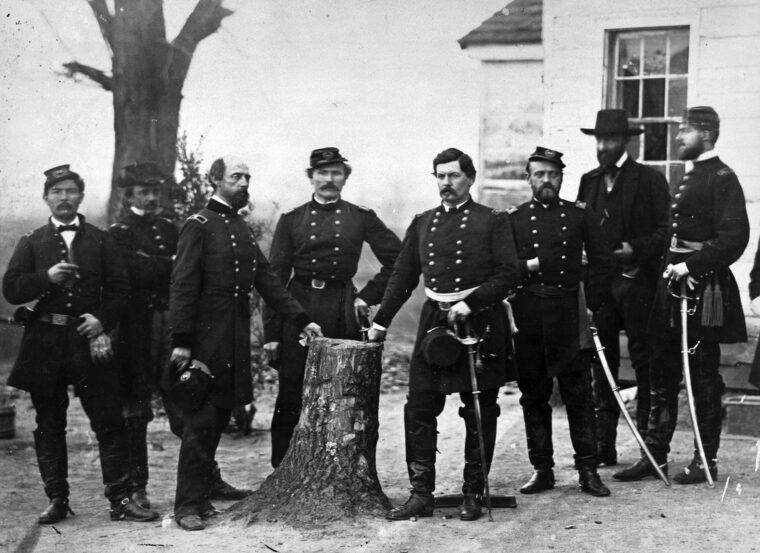
Peninsula Campaign
After an almost uninterrupted, four-month-long string of Union successes beginning in early 1862, followed by the advance of a 100,000-man enemy army to the eastern outskirts of its capital at Richmond, Virginia, the Confederacy suddenly found itself in a life-or-death struggle for its very survival. Read more
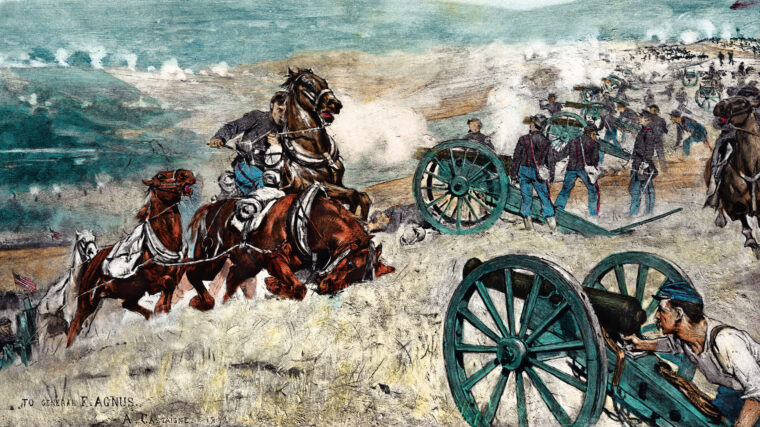
Peninsula Campaign
As Confederate General Robert E. Lee and his I Corps commander, Maj. Gen. James Longstreet, rode together on horseback along the dust-choked Quaker Road from Glendale to Malvern Hill on the morning of July 1, 1862, they stopped to confer with Maj. Read more
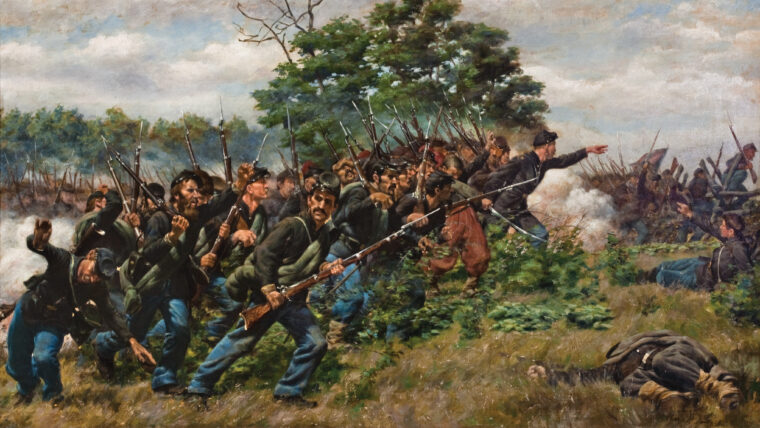
Peninsula Campaign
On the last day of May 1862, heavy gunfire rumbled and thundered in the distance beyond the Confederate capital of Richmond, Virginia. Read more
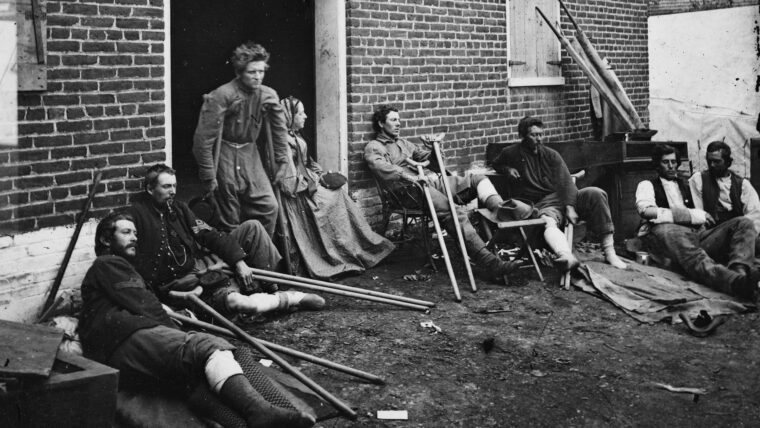
Peninsula Campaign
A slight knee wound brought the New Jersey boy to a Washington military hospital, but “his mind had suffered more than his body,” wrote volunteer nurse Louisa May Alcott. Read more
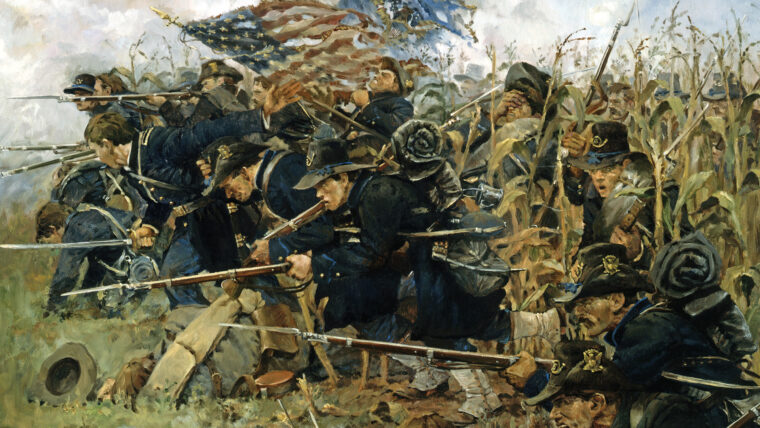
Peninsula Campaign
The White House was a somber place in the summer of 1862. The Civil War was in the midst of its second costly year, and the Union armies had yet to win a significant victory in the eastern theater. Read more
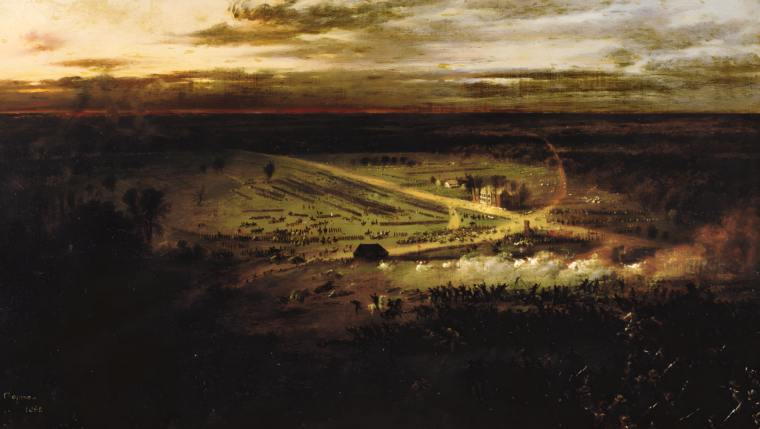
Peninsula Campaign
The city of New York provided more regiments than did many states during the Civil War, and the deeds of several of its regiments, such as the 9th New York “Hawkins’s Zouaves,” 39th New York “Garibaldi Guard,” and 42nd New York “Tammany Regiment” are well known. Read more
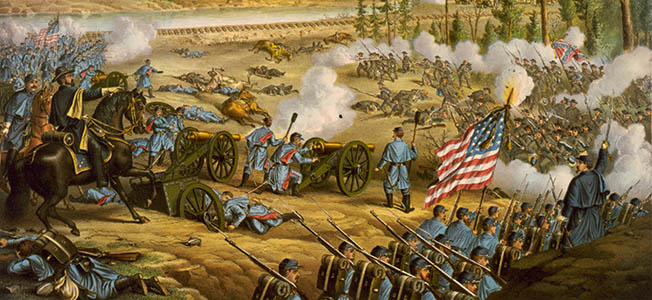
Peninsula Campaign
Confederate offensives into two border states, Maryland and Kentucky, formed the key highlights of the second half of 1862 for the Confederacy. Read more
Peninsula Campaign
General George McClellan was a key figure in the prosecution of the American Civil War, particularly during 1862, when he led the Union Army of the Potomac during the Peninsula Campaign, a failed offensive to capture the Confederate capital of Richmond in the spring, and the Battle of Antietam, the bloodiest single day in American history, on September 17, 1862. Read more